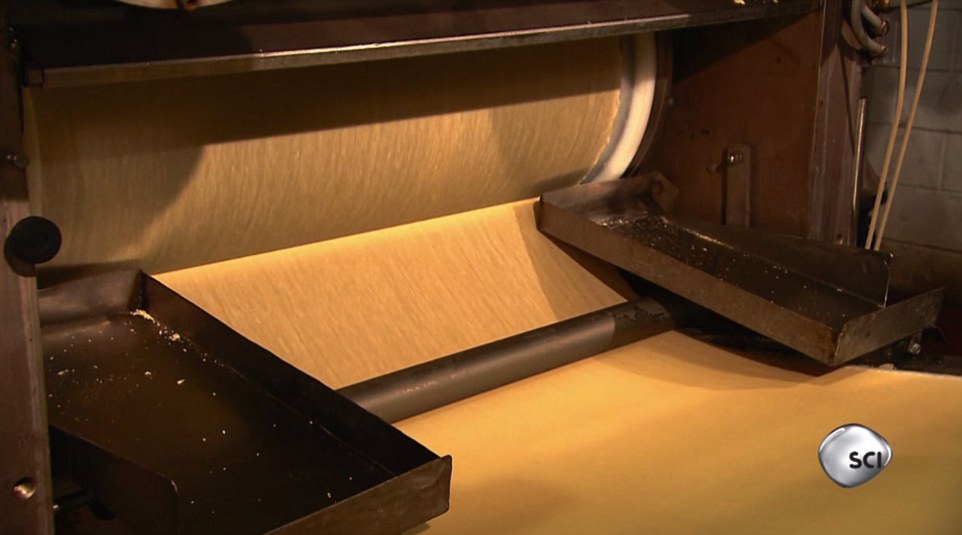Out of the million times you’ve snacked on Pringles chips, the process of creating this addictive treat has probably crossed your mind. And if it hasn’t, you’re lying. But seriously, how can a potato in its truest form be transformed into a thin crunchy slice known as the potato chip? And how exactly do Pringles chips stack together so perfectly?
A basic fun fact about the Pringles production is that every chip is made the exact same. EVERY SINGLE CHIP.
Now, let’s begin with how the Pringles tubular containers are made. Plain brown paper and foil paper unwind and are twisted together around a mandrel (you may need to Google that word…I did) to form the tubular shape.
The foil is what keeps the chips fresh all the way from the factory to the shelves of your grocery store to your home. Surprisingly, the paper seal and plastic lid are put onto the tube first. Then the tube is flipped upside down and ready to host the main event: the potato chips themselves.

Photo by Lara Schwieger
The next step, and the most important one, is the making of the potato chips. The mixture is a ratio of 1/3 water to 2/3 potato flakes with a little corn starch. The mix is delivered to a disperser on a conveyer to be dispersed (that goes without saying) and then undergoes four tonnes of pressure from another machine that rolls the mix out into one long potato sheet. This gigantic potato sheet then passes through a cutter which to create the chip’s oval shape.

Photo courtesy of dailymail.co.uk
After the shape of the chips has been formed, these flat potato chips head to the fryer to earn their crunchy crispy goodness. Before frying in hot oil for 11 seconds, rolling molds first give the chips their concave shape (at last, the answer to all our questions). This makes the chips stackable. To rid of all the excess oil, the chips travel underneath a blower (anyone else picture a huge blow dryer and oil droplets flying everywhere?). The chips receive a coat of seasoning and then backflip off a conveyor onto another falling into neat piles.
Finally this is where us humans come in handy. A worker inspects the chips pulling out any odd ones. But really, this process seems so perfect, are there really any odd ones? Okay, now back to the machines. The chips are shaken so that they begin to spread apart and are then passed through scales to portion them out for packaging. The last step is now probably pretty obvious. The portioned-out stack of chips are pushed into a tube which then goes to another machine to receive the metal bottom.
Bottom line, one tube of stackable Pringles chips takes about 20 minutes to make. What is created in 20 minutes most likely takes five minutes for the tube to be emptied and for someone to be very full.
Now go grab a tube of Pringles and eat them in celebration of finally knowing exactly how your favourite potato chips are made.

Gif courtesy of phelpssports.com


